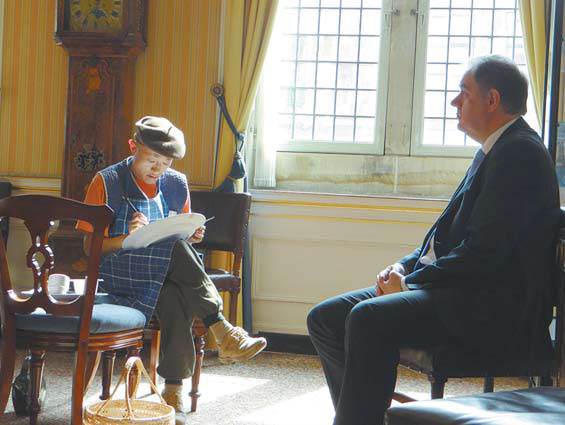Delft is like my second home
Updated: 2015-08-14 08:53
By Li Jianshen(China Daily Europe)
|
|||||||||||
Holland's ceramics center could help China market its ceramics to the world
There is so much we could learn from Delft. I first visited the city in 2003 with Chinese officials doing research for the first international ceramics fair in Jingdezhen the following year.
We went to the Royal Delft factory and I was impressed by the way they presented their products, and the culture and history of delftware.
|
Chinese artist Li Jianshen paints the Mayor of Delft Bas Verkerk. Provided to China Daily |
Their exhibition had a very clear theme. One look at their museum is enough to impress you with the beautiful blue color of their products. They allow visitors to tour the workshop and they have a nice cafe in the garden, with a gift shop on one side. It is the whole package that impressed me. It gives you a delightful experience to visit their factory, which encourages people to pay for their products.
Jingdezhen, China's ceramics capital, has a glorious history of making ceramics, but we have yet to build a new image for the city to promote it. We haven't produced a cultural image, or a signature that people can remember amid today's modern life.
What values does Jingdezhen still have to contribute to society today? How can Jingdezhen compete with other ceramics centers around the world?
The answer would be a unique lifestyle, craftsmanship and perseverance in the pursuit of art and beauty. We also need a business model, which could also be artistic and intelligent, to attract people from around the world. If we don't do it, it would be such a waste of our rich historical resources.
Delft, on the other hand, has a well-preserved history and a commercial air. Although it is a very small city and is not familiar to most Chinese people, the thread of the city's ceramics tradition has never been broken. That's why we came to this city to learn.
As the world's second-largest economy, China should have a stronger artistic side to match its economic success.
In 2008, Jingdezhen and Delft became sister cities. Both our mayors signed a ceramic tablet that was then fired and embedded in the wall of the city hall in Delft.
Unlike paper, ceramic can last for thousands of years and I hope the exchange between the two cities will last that long.
As for me, Delft is like my home in Europe. I come to the city regularly. Walking by the canals, or working with local potters brings me tremendous pleasure. The old church, museums, galleries, food markets and water lilies in the canals make me like this place so much. Delft is a city with memories. I could stay there for a very long time without feeling bored.
Blue is a symbol of delftware. The Delft Blue is a symbol of Dutch pride. From Jingdezhen to Delft, from Chinese blue and white porcelain to Delft blue, day after day over a period of four centuries the connection still exists.
During my stay in Delft in 2013, I painted dozens of local people on blue and white porcelain plates, from the mayor to workers, from kids to elders. I am also painting Chinese people in Jingdezhen. Hopefully someday I will put the two groups of plates together for an exhibition, which indicates that the communication among Chinese and Dutch people will never stop.
The author is a Chinese artist in Jingdezhen.
(China Daily European Weekly 08/14/2015 page9)
Today's Top News
Turkey's early elections 'decidedly possible': PM
Death toll rises to 50, military sends chemical specialists to blast site
12 firefighters among 44 killed in explosions
Chinese yuan extends fall Thursday
China rattles a few cages in the world's financial markets
Tibetan drivers to finally see the end of 'death road'
China becomes world's largest robots market for second consecutive year
Yuan may stumble, but will not fall
Hot Topics
Lunar probe , China growth forecasts, Emission rules get tougher, China seen through 'colored lens', International board,
Editor's Picks
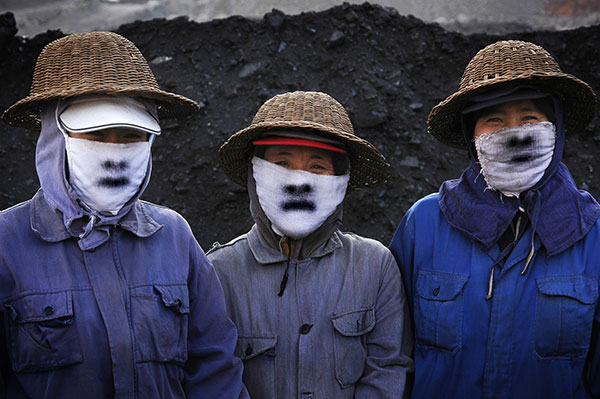
|
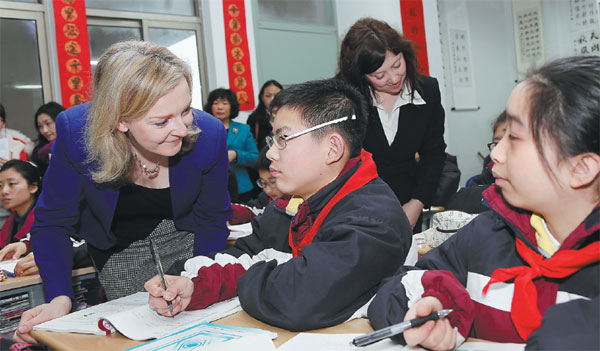
|
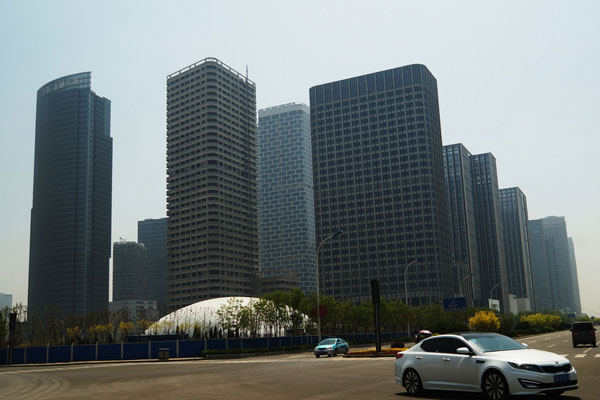
|

|

|
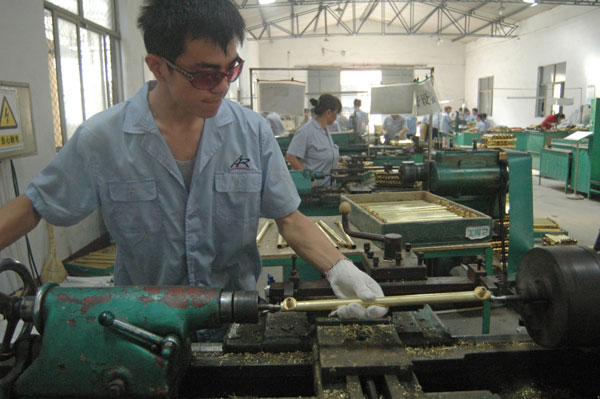
|
